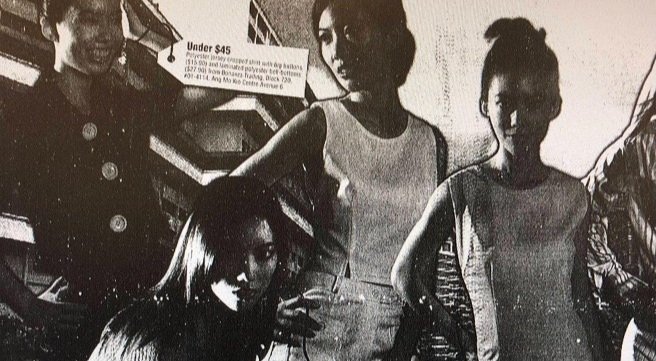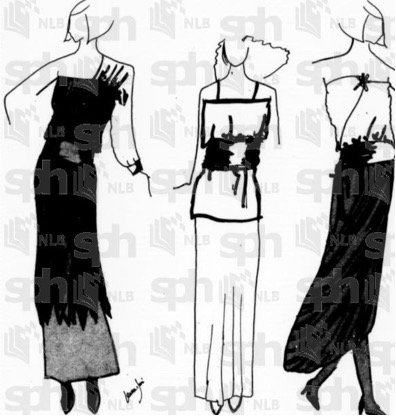1950s
Key themes
-
Models have been written about in the academic press as figures through whom much of our symbolic desires and social anxieties are expressed. In this period, models did not yet take on such social significance but they were already recognised as clothes ‘horse’ to some extent. The models of the 1950 and 60s shifted from social luminaries such as diplomat’s wives in charity events to designer’s friends. As they progressed towards a recognisable ‘profession’, we see the figure of the model change in its terminology “model” instead of “mannequin” from the early 1950s - suggesting the original role of the model is to mimic the standing mannequin. But also the change in the etymology and teleology of the terms. Feminine form both as an living advertisement for the transforming ‘national’ identities, and as instructive of shifting modernity albeit in a ‘contained’ fashion.
-
Through the process of reviewing and analysing academic literature on policy as well as archival documents to gather the State perspective on matters relating to appearance, sartorial codes, as well as the fashion and garment trades, we note that there are relatively few formal documents relating directly to the textile trade. Our conjectures are extrapolated from archival news articles and audio-visual recordings alongside ministerial speeches, ministry circulars and industry agreements to ascertain key stakeholders and State perspectives on matters to do with appearance and the fashion trade. Our initial findings suggest that even pre-Independence, Singapore’s policy directions largely reflect the importance of the economic imperative. Self-governance marked the formal development of cultural policy in Singapore via the establishment of the Ministry of Culture in 1959, however, cultural policy was not a key priority in the first two decades of Independence as economic survival took precedence.
-
Columnists, personalities and established fashion writers such as Margaret Wee, Judith Yong, Phyllis Lim from ST and SRP - are figures that loom large on this fashion advice circuit (see examples and links in the next section C.IV.) The tone and approach they write with are instructional and at times deeply pedagogical. Yet, who are they? Why this approach to readers? There are instances of insight to perhaps class differences, and definitely a hierarchy of taste values that is implied in their choices of fashion, hair, composure and behaviour. The element of post-colonial subjectivity is also present as a deferment and acceptance of social place in life (conflicting in a sense) within career advice. These columns were popular and received letters from readers from the 1950 to mid 19560s - where they promptly ceased.
More stories
-

A Sartorial Mapping of Singapore's Fashion Districts
by Ruth Francesca Ho
Singapore’s fashion districts, which expanded from the 1950s to the 1990s, are geographical and architectural imprints of Singapore’s changing fashionable aspirations. These dynamic districts reveal how Singapore negotiated an increasingly globalised fashion landscape, reflecting and facilitating greater fashion consciousness and consumption amongst Singaporeans.
-

The Ascent of Japanese Fashion in Singapore
by Celestine Chia
Japanese designers caught the attention of Singaporean consumers and beyond through bold visual statements in their designs that seemed to challenge the conservativeness and conformity often associated with Asianness. This led to the rise of Japanese fashion in 1980s Singapore and the overall development of the relations between Japan and Singapore, facilitated largely through cultural exchange.
-

Singapore's Parisian Dream
by Angelene Wong
This article explores the relationship between Paris and Singapore, how Singaporean journalists have interpreted Paris for a Singaporean audience to sustain Paris’s influence as a fashion capital, how Parisianness has been adapted for Singaporean consumers, and how Paris was used as a benchmark for international success for Singaporean fashion practitioners.